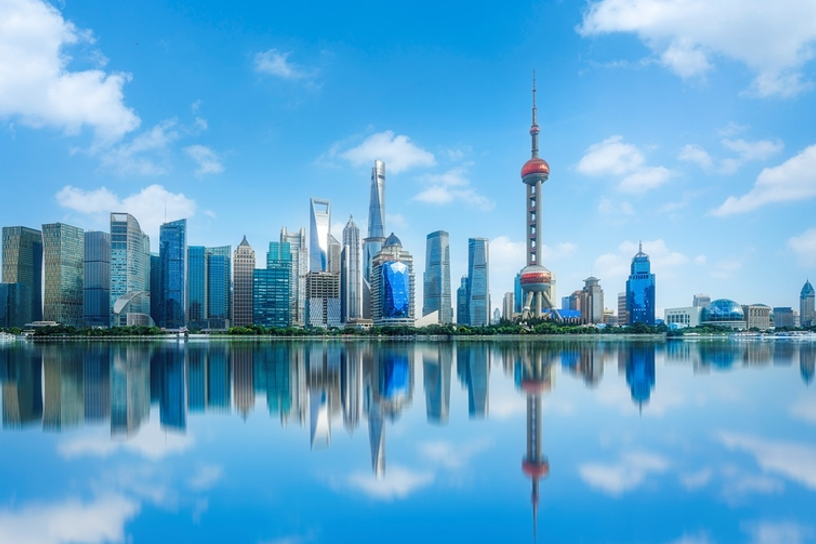Maota Pagoda reopens after five-month restoration
A Buddhist pagoda dating from the Tang Dynasty (AD 618-907), which is a precious cultural legacy with high historical value in Qingpu District, reopened on Thursday night after a five-month restoration, bringing it back to its former splendor.
Maota Pagoda, a typical brick-and-wood pagoda in Zhangma Village, Zhujiajiao Town, features the typical art style of a Tang-era pagoda, with raised eaves; dougong – a bracketing system used in ancient Chinese buildings; and wooden railings and balusters.
The five-story pagoda is 28.2 meters high with the main body reaching 20.6 meters.
The pagoda, with a history of over 1,100 years, is named after Maohu Lake which flows through Qingpu, Songjiang and Jinshan districts in Shanghai and Pinghu City in neighboring Zhejiang Province.
Repair work on the pagoda started in April.
In addition to serving as a Buddhist pagoda, the building was used at night as a lighthouse, becoming a navigation guide for ships.
Many literati have visited the pagoda and many poems have been created about it.
Located in the southeast corner of Maodao Island, the pagoda was built by monk Ruhai.

It is an important cultural legacy of the district. However, due to its age, coupled with rain erosion and natural weathering, many of the wooden columns, beams and dougong were cracked, and the painting was faded, according to Pan Yongqiang, director of Qingpu District Culture and Tourism Bureau.
Moreover, some tile parts were broken, and the lightning-proof facilities were worn, causing safety hazards.
The repair involved more than 100 parts including the roof, wooden structure, walls and Buddhist ornamentation, fixing the cracks in wooden areas and eliminating safety hazards from rusty iron parts and broken tiles, officials said.

It was illuminated on Thursday night.
"As a typical brick-and-wood pavilion-style pagoda, Maota reflects the features and style of ancient Chinese architecture and is a vivid witness to the evolution and development of pavilion-style pagodas in Shanghai," said Cao Yongkang, deputy dean of the School of Design of Shanghai Jiao Tong University.
In 1997, the pagoda was listed as a world navigation mark legacy by the International Association of Marine Aids to Navigation and Lighthouse Authorities, together with other four lighthouses in China, and crowned as one of the world's 100 historical lighthouses featured in stamps.
"The pagoda has very high historic, cultural, art and scientific value," said Ma Xueqiang, a fellow of the Institute of History of Shanghai Academy of Social Sciences.
Study tours and activities enabling people to learn the history and architectural features of the pagoda and other cultural relics of Qingpu are being launched by the culture and tourism authorities of the district to mark the pagoda's re-opening.

If you go:
Address: 2588 Shentai Road, Zhujiajiao, Qingpu District 朱家角镇沈太路2588号太阳岛国际俱乐部内
Tel: 6186-9666

In Case You Missed It...




![[China Tech] Local Experts Identify a New Cancer Target](https://obj.shine.cn/files/2026/01/09/f9083ef4-fea8-4a74-8547-5a243e39e8ad_0.jpg)



